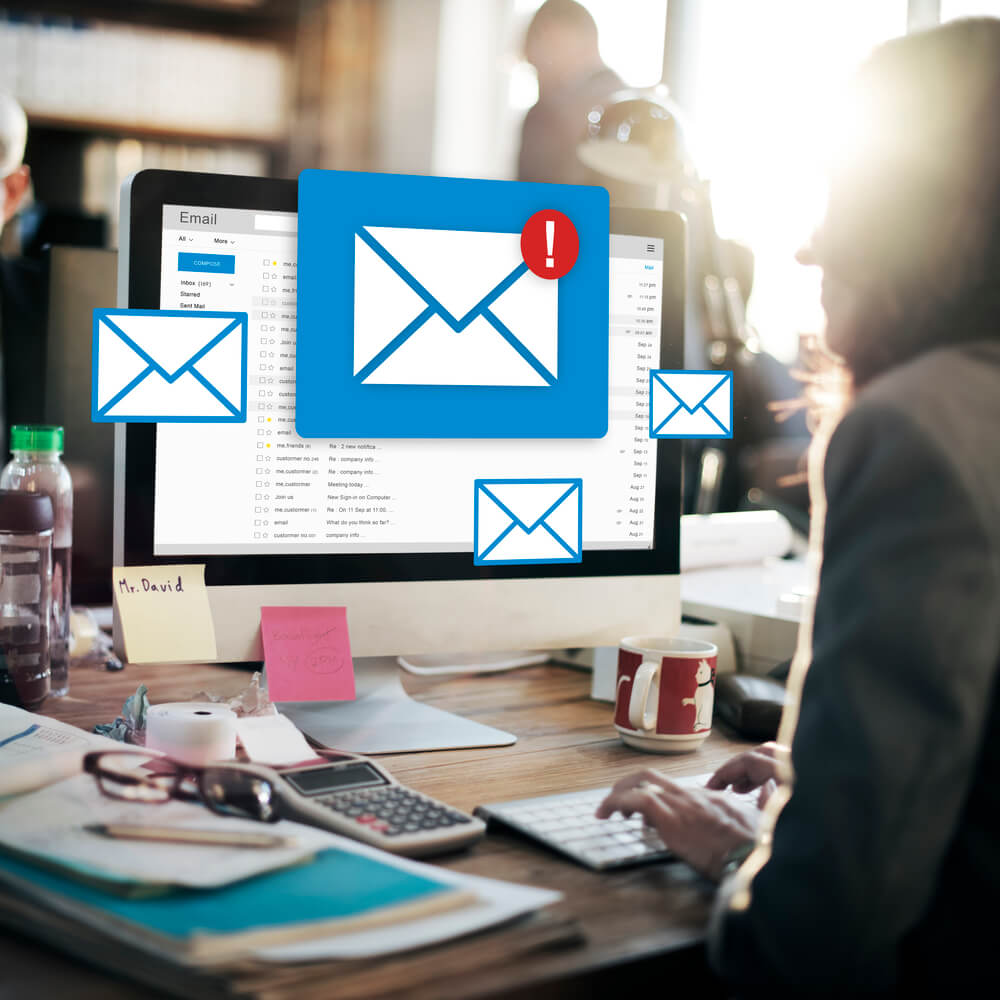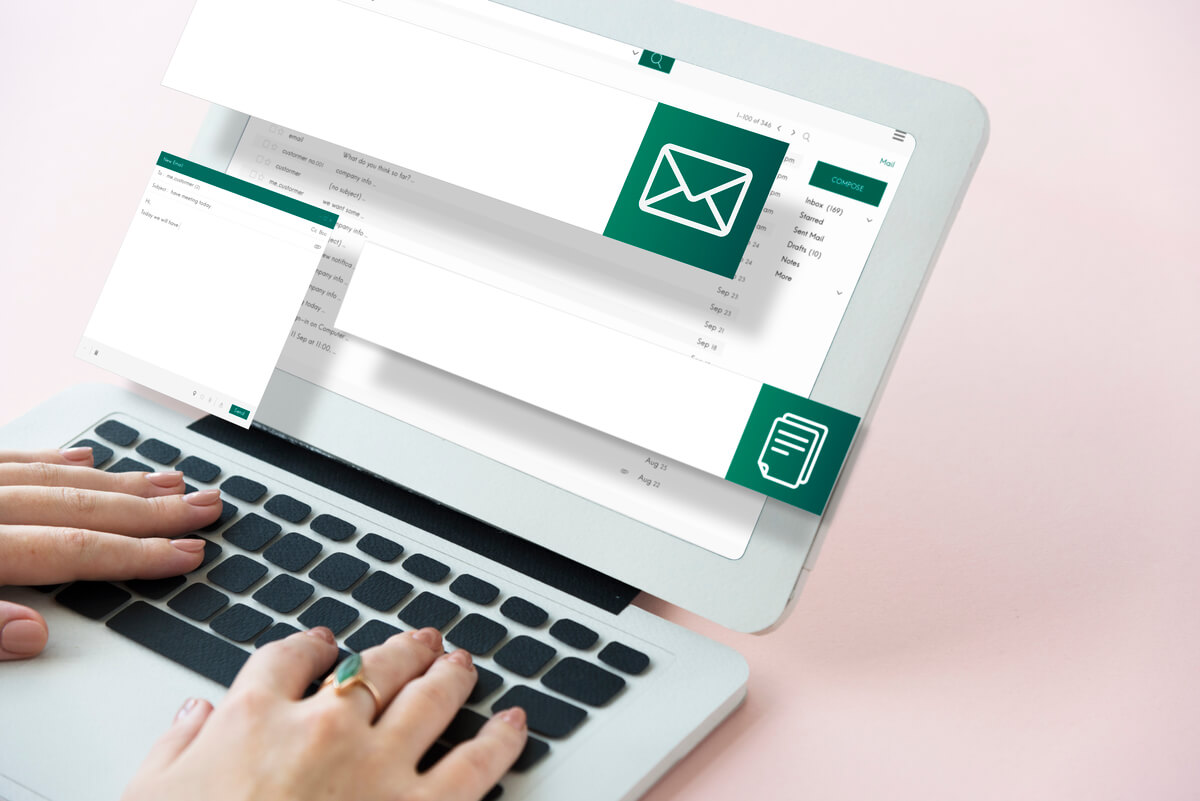Email marketing automation is an innovative yet very powerful approach to customer engagement. The method allows businesses to deliver targeted and timely messages at scale. Email marketing automation strategy streamlines workflows, improve lead management, and boosts conversions.
Automated emails have an average of 41% open rate, 13% click rates, and 24% click-to-open rates. This statistic is significantly higher than non-automated email marketing strategies. The guide explores the core elements of a successful email marketing automation strategy and offers actionable insights for marketers and business owners.
What is email automation in marketing?
Email marketing automation is a technology-driven approach to communicate with your audience in an efficient and personalized manner. It is a strategic approach to utilize automated tools and workflows to send targeted messages based on specific user actions, preferences, or timed triggers.
Key aspects of email automation marketing
- Behavioral Triggers:
- Website visits: automated responses can be triggered whenever a user visits specific pages indicating interest
- Clicks: based on the users clicking on particular links tailored emails can be arranged and sent
- Purchases: trigger emails that express gratitude, offer related products, or request feedback after a purchase
- Personalization:
- Subscriber data analysis: leverage subscriber data like name, location, or past interactions to create personalized content
- Dynamic content: Create emails that provide adaptable content according to the recipient’s preferences
- Behavioral history: the history of past interactions can allow marketers to tailor future messages
Examples:
- Welcome emails:
- Objectives: introducing your brand to new subscribers and nurturing the early stages of the customer relationship
- Execution: sending a series of automated emails over a set timeframe that provide information about your brand, values, and offerings
- Abandoned cart emails:
- Objectives: recovering potential sales by reminding users about items in their carts
- Execution: sending automated emails that include item details, promotions, or limited supply products
- Drip campaigns:
- Objectives: nurturing leads by delivering relevant content to users based on their demonstrated interests
- Execution: offering complementary products that correspond with the purchase history or past interactions


How Email Marketing Automation Works
Email marketing automation combines technology, strategy, and collaboration. Many different elements take part in crafting an automation strategy.
Tools and platforms – the market presents various automation platforms like Mailchimp, Hubspot, or Marketo. These platforms help marketers set up, manage, and monitor automated campaigns. Many of them also integrate Customer Relationship Management (CRM) systems that provide a comprehensive view of customer interactions.
Technical set-up: the technical setup of email automation includes defining triggers, such as user actions or specific time intervals that prompt automated email responses. It also requires establishing segmentation criteria to ensure that customized content aligns with the diverse interests and behaviors of your audience.
Responsibilities: there is no single person who is solely responsible for developing and executing an email marketing automation strategy. In most cases, there is a marketing team, automation specialist, and data analyst involved throughout the process. The marketing team develops the overall strategy, defines the automated email triggers, and creates the content for the campaign. The automation specialist manages the technical aspects and configurations of the marketing automation platforms, while data analysts examine performance metrics.
Developing an Email Marketing Automation Strategy
Creating an email marketing automation strategy is a complicated process that depends on precision and strategic foresight. It begins with clearly defining the goals, understanding user preferences, and classifying the contact list based on relevant criteria.
One of the most crucial stages is the analysis of data to identify key triggers in the buyer journey. All automated sequences within the automation strategy must align with the user behavior. At the same time, businesses need to correctly choose an appropriate automation platform and integrate it with their CRM systems. The distribution of the responsibilities within the working teams is also very important. Let’s cover automation steps in greater detail.
Strategies to build an email list
Any successful email marketing automation strategy relies on a robust email list. This also includes implementing targeted “lead magnets”, such as exclusive content or discounts which invite visitors to share their contact information. For this stage, businesses must use website pop-ups strategically – plan and design them so that they align with the user intent and at the same time offer genuine value.
At this stage, social media data and campaigns can be extremely helpful – they expand the reach and also encourage opt-ins. Marketers regularly optimize and declutter their email lists which emphasizes removing inactive subscribers. This approach drives up engagement rates and lays a strong foundation for effective email marketing automation.
Creating a lead magnet
Lead markets exchange valuable incentives for contact information. Let’s break down specifics of lead magnet:
- Data capturing – lead magnets are a transactional gateway. Users willingly share their email addresses in exchange for valuable resources, discounts, or personalized insights
- List building – each email collected through lead magnet is a valuable asset of the business’s database allowing targeted communication
- Segmenting the list – the data collected can be used for segmentation based on user preferences, behavior, or demographics
- Triggering automation – lead magnets frequently trigger automated series. When a user engages, predefined email campaigns can be initiated further guiding them to complete a desired action
- Converting the leads – by offering immediate value, lead managers create a favorable exchange. This increases the likelihood of converting potential customers.
Now let’s review how to construct a lead magnet:
- Identify pain points: understand your customers’ challenges
- Offer value: develop a resource that helps solve the challenge
- Optimize for accessibility: make sure that the form/content is user-friendly and easy to access
- Strategic position: place your lead magnets in a prominent position on your website to maximize visibility
- Consistent promotion: regularly promote the lead magnet across different channels
The type, format, and value of a lead magnet depend on business goals and also the nature of the product/service. Lead magnets can be workshops, masterclasses, guides, or anything that provides valuable information/service for the customer.
For instance, offering a free ebook or guide, such as a fitness coach providing workout plans, acts as a magnet for those keen on health improvement. Similarly, discount codes attract potential customers in e-commerce, creating a win-win scenario.
Webinars and online courses, such as a social media strategies webinar, not only build email lists but also position businesses as industry authorities. Engaging quizzes, like a skincare brand’s skin type quiz, collect emails to personalize marketing efforts. Templates and tools, like a graphic design agency’s free template, add value while creating opportunities for further engagement.
Subscriber management
Subscriber management is one of the most crucial steps in strategy development. This ensures that the subscriber base is efficient and relevant to the business goals. The process requires several stages:
- Segmentation – classifying the subscriber data according to user characteristics (behavior, demographics, preferences)
- Cleanup – periodically removing inactive subscribers for optimal engagement rates
- Personalization – using subscriber data to tailor personalized content and communication plan
- Opt-outs – simplifying the unsubscribe process to respect user preferences and legal requirements
- Feedback – encouraging feedback through surveys or communication
Landing pages and forms
Attractive landing pages and forms decide the fate of an email marketing automation strategy. They are responsible for grabbing the attention of readers and urging them to provide their contact information.
First of all, landing pages must communicate a clear value proposition – communicating the benefits of subscribing and directly addressing the customer’s needs. Secondly, the form itself should be a seamless experience. It must require minimal effort and request only essential information. And finally, the form must be strategically located on the landing page ensuring immediate visibility but without overwhelming the visitor.
Marketers should not forget about the visual appeal of the landing pages. The most attractive pages are cohesive and rich in visually engaging elements, such as relevant images that resonate with the brand and captivate visitor’s attention. Email design is another significant factor that affects the open rate. Mobile optimization is also crucial as majority of the internet users now navigate through their mobile devices.
In the end, it all comes down to refinement – A/B tests different elements of your landing page and forms. Filter out the content/details that are irrelevant and ineffective to increase the likelihood of converting and improve the user experience.
Best time and day to send emails
You may create the best email marketing automation strategy possible but it may still not deliver the best possible outcome. The reason behind it could be inappropriate timing. Determining the optimal time and day to send emails is crucial for maximizing engagement and conversion rates. Here are recommendations based on industry insights:
Weekdays vs Weekends
Weekdays – mid-week particularly Tuesday to thursday tends to see the highest open rate as people settle into their routine
Weekends – for specific industries like leisure and entertainment, weekends can be more appropriate
Morning vs Afternoon vs Evening
Morning – send emails in the early morning (8-9 am) to catch professionals before their workday begins
Afternoon – mid-afternoon is another effective time to avoid the rush of early morning emails
Evening – after 6 pm open rates usually decline, but it could be an opportunity for certain industries like B2C marketing companies.























Leave a Reply
View Comments